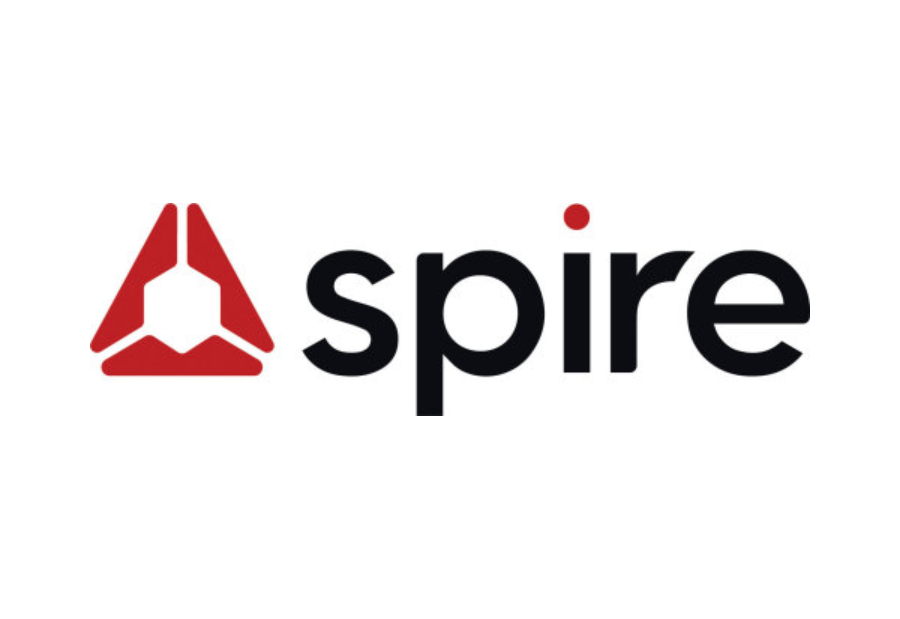Once considered the realm of sci-fi and speculation, Artificial Intelligence (AI) and Machine Learning (ML) are no longer future technologies—they are here, now, and fundamentally transforming the Information Technology (IT) landscape. From automating mundane tasks to predicting system failures before they occur, AI and ML are not just tools; they’re the new architects of digital progress.
From Hype to Everyday Reality
We’ve seen the buzzwords for years—deep learning, neural networks, intelligent automation. But today, we’re well beyond the hype. AI and ML are being embedded into the core of IT infrastructure, becoming integral to how systems operate, learn, and evolve.
Cloud platforms now offer AI-as-a-Service. DevOps teams use ML models to optimize CI/CD pipelines. Cybersecurity professionals rely on AI to detect threats faster than any human analyst could. The technology has matured—and so has our dependence on it.
How AI and ML Are Shaping IT Operations
Let’s break down some key areas where AI and ML are making a massive impact:
1. Predictive Maintenance and Incident Management
Imagine an IT environment where systems self-diagnose and flag potential issues before they escalate. AI-powered predictive analytics make this possible, reducing downtime and saving millions in lost productivity.
2. Smarter Security
Cyber threats are growing in scale and sophistication. AI-driven security tools can analyze patterns in real time, detect anomalies, and stop breaches before they occur. It’s like having an intelligent security guard that never sleeps.
3. Intelligent Automation
Repetitive tasks—like ticket routing, system checks, and even code reviews—can now be automated using ML algorithms. This not only speeds up processes but also frees up IT teams to focus on more strategic work.
4. AI-Enhanced DevOps
AI is helping DevOps become DevAIOps. By analyzing logs, deployment patterns, and user feedback, ML tools can recommend optimizations, identify bottlenecks, and even automate rollbacks during failures.
5. Natural Language Interfaces
Conversational AI, like ChatOps bots, lets IT teams interact with systems using natural language. Need to spin up a server or check resource usage? Just ask your bot.
The Feedback Loop: Learning Gets Smarter Over Time
What makes AI and ML powerful is their ability to learn. The more data they process, the smarter and more accurate they become. This feedback loop means that your systems are constantly improving—not because humans are tweaking them, but because the machines themselves are learning what “normal” looks like and how to handle “abnormal.”
Real-World Examples: AI in Action
-
Netflix uses ML to optimize content delivery and personalize recommendations to users based on real-time data.
-
IBM’s Watson AIOps automatically correlates logs and metrics to detect root causes of incidents in enterprise systems.
-
Google Cloud’s Active Assist provides intelligent recommendations to improve performance, cost, and security across IT workloads.
These aren’t just experiments—they’re production-level deployments showing real ROI.
Challenges Ahead: Not All That Glitters Is Gold
Of course, the rise of AI in IT isn’t without its challenges:
-
Data Privacy & Ethics: With great power comes great responsibility. AI systems must be designed with transparency and accountability.
-
Skill Gaps: There’s a growing need for IT professionals who can understand, train, and manage ML systems.
-
Bias in Algorithms: AI is only as good as the data it’s trained on. Poor data leads to poor decisions.
Adoption must be balanced with caution, oversight, and continuous evaluation.
The Future: Human + Machine, Not Human vs. Machine
The narrative isn’t about AI replacing humans—it’s about enhancing human potential. As AI takes over the repetitive and reactive, IT professionals can evolve into more strategic, creative roles. Think “automation architects,” “AI operations strategists,” or even “ethics engineers.”
In short: the machines are here to stay, but it’s still the humans who decide how they’re used.
Final Thoughts
We are standing at the edge of a new era. The rise of AI and ML in IT isn’t just a trend—it’s a tectonic shift. The organizations that embrace this shift thoughtfully and ethically will be the ones that lead in resilience, speed, and innovation.
Welcome to the future of IT. It’s not just intelligent. It’s self-learning, adaptive, and always evolving.
Also read: Viksit Workforce for a Viksit Bharat
Do Follow: The Mainstream formerly known as CIO News LinkedIn Account | The Mainstream formerly known as CIO News Facebook | The Mainstream formerly known as CIO News Youtube | The Mainstream formerly known as CIO News Twitter |The Mainstream formerly known as CIO News Whatsapp Channel | The Mainstream formerly known as CIO News Instagram
About us:
The Mainstream formerly known as CIO News is a premier platform dedicated to delivering latest news, updates, and insights from the tech industry. With its strong foundation of intellectual property and thought leadership, the platform is well-positioned to stay ahead of the curve and lead conversations about how technology shapes our world. From its early days as CIO News to its rebranding as The Mainstream on November 28, 2024, it has been expanding its global reach, targeting key markets in the Middle East & Africa, ASEAN, the USA, and the UK. The Mainstream is a vision to put technology at the center of every conversation, inspiring professionals and organizations to embrace the future of tech.




